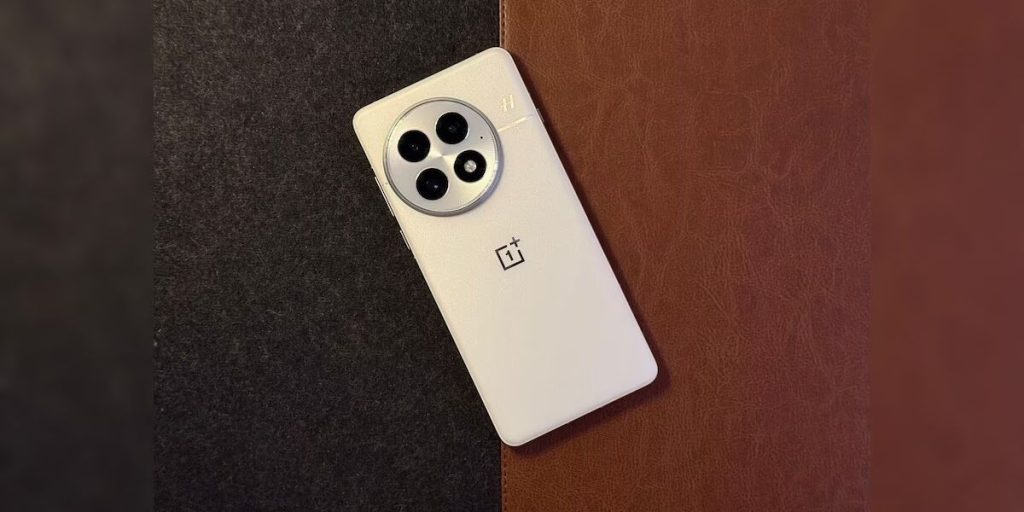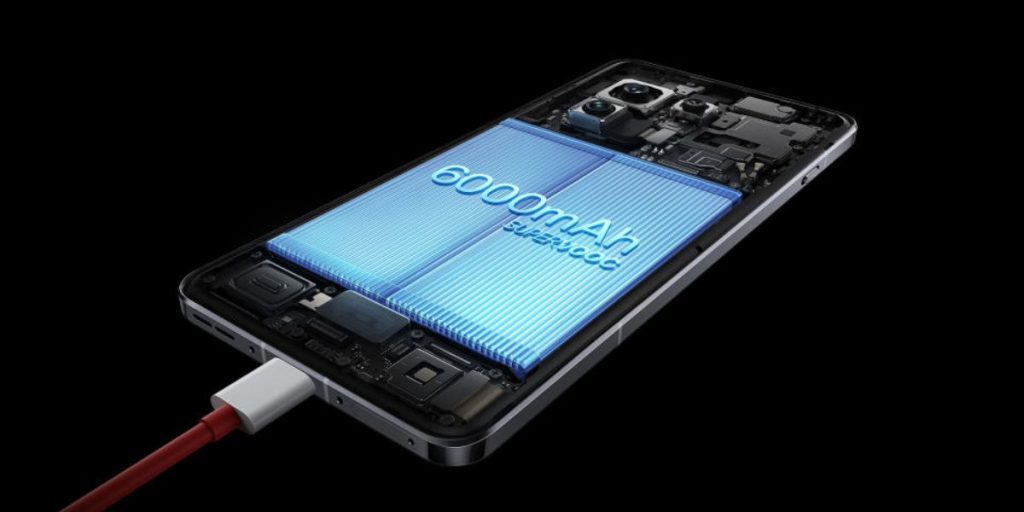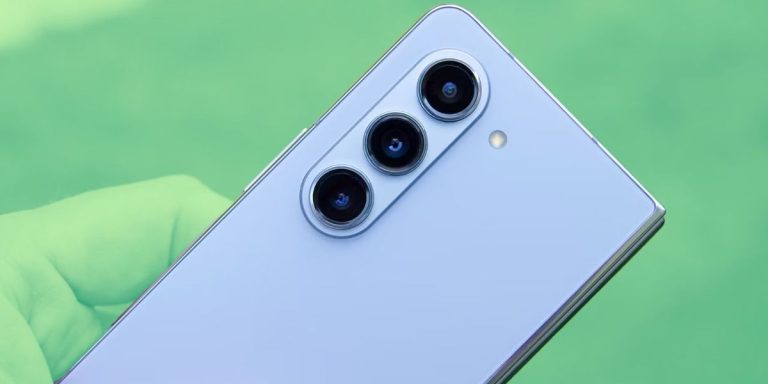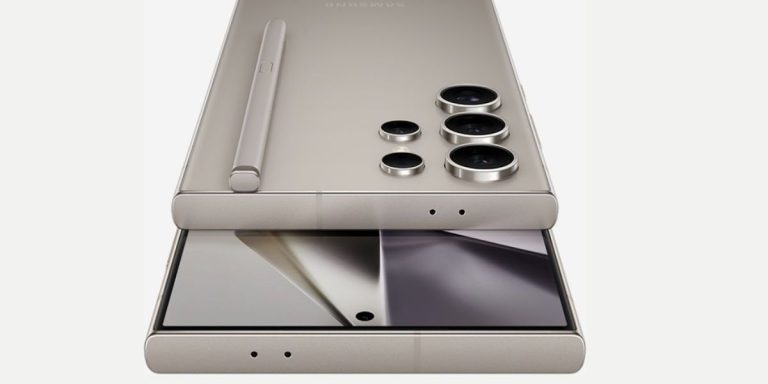Image: Business Standard.
From OnePlus 3, OnePlus kept a consistent design language. The design of each phone varied, but the style remained the same, with smooth curves and rounded edges for a superb tactile feel. This familiarity and obsessive design make using OnePlus phones delightful over time.
With OnePlus 13, OnePlus is redesigning its design after a decade. The OnePlus 13 ditches the flowing elegance of prior models for a boxier look, like most phones nowadays. However, the Midnight Ocean model has a fascinating vegan leather back.
OnePlus’s design team “worked hard to make OnePlus 13 feel better in your hand than any other phone,” spending “significant amount of time in refining the transition between the front and back glass and the straight-edged frame” to make the phone more durable and elegant.
When OnePlus phones fell on edges, the dual-curved edges increased the risk of damage to the front or rear glass. Users complained, and Ruan said OnePlus is “continuously discussing and validating how to ensure a smooth overall curvature connection without compromising the device’s drop resistance.”
For the OnePlus 13, Ruan said the goal was “for the transition surfaces to better conform to the natural curve of the user’s palm while also providing a secure grip; to this end, we invested in the refinement and validation of nearly a hundred models” before finishing the design.

The Midnight Ocean model’s leather back doesn’t affect wireless charging. “The thin vegan leather back puts the wireless charging coil close, improving charging efficiency. While wireless charging may cause a minor heat increase, the phone’s high-temperature resistance protects it.”
This time, the OnePlus 13 boasts a flat AMOLED panel with 2.5D quad-curved edges and a “micro-curve ratio” that Ruan believes would improve usability and prevent accidental touches. Ruan added the micro-curve transition between the flat central frame and quad-curve glass ensuring a strong grip and no sharpness. “We chose to create a 2.8D screen which is designed to offer the visual appeal of a flat screen while also giving our users the smooth touch experience they get from a 3D screen.”
The OnePlus 13’s 50:50 weight distribution makes it comfortable to carry and operate despite its large camera module. “If you support the phone with your finger under the OnePlus logo, it doesn’t lean either way. That’s because we evenly distribute weight. Our engineers must find a way to put additional components in the phone’s bottom to balance the weight.”
The OnePlus 13 uses a unique Ceramic Guard technology instead of Corning’s Gorilla Glass, which Ruan says provides “better drop protection and scratch resistance. Nanocrystalline reinforcement improves fracture toughness. Therefore, the OnePlus 13 display is twice as drop-resistant asa standard cover glass.”

OnePlus 13 is IP68 and IP69-resistant, with the latter able to endure high-pressure water jets up to 80 degrees Celsius. Since IP69 doesn’t cover water immersion, manufacturers must additionally test their devices for IP68, which is why most 2025 phones have both.
Silicon battery innovation is one of the most interesting changes coming to 2025 phones. Most Chinese manufacturers use a silicon-carbon anode to increase density and endurance. This tech is in the OnePlus 13’s 6000mAh OnePlus Silicon NanoStack battery.
The OnePlus 13’s 10% silicon-carbon anode boosts energy density to 805Wh/L, 5.5% higher than the OnePlus 12. OnePlus can squeeze a 6000mAh battery in the OnePlus 13 while keeping it 10g lighter and 0.7mm slimmer.


